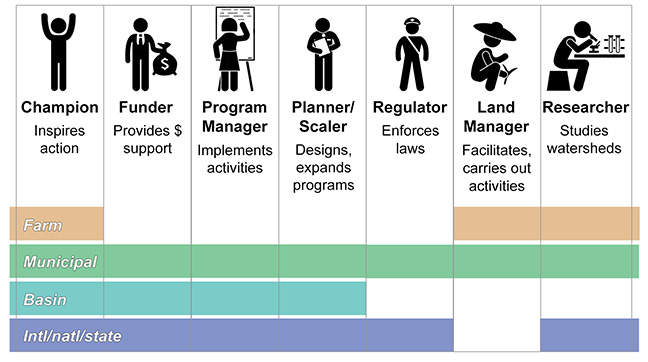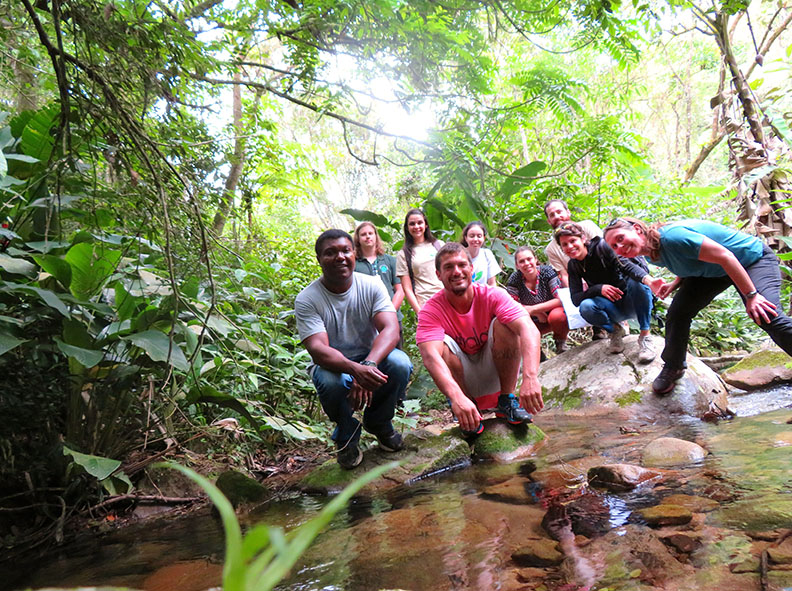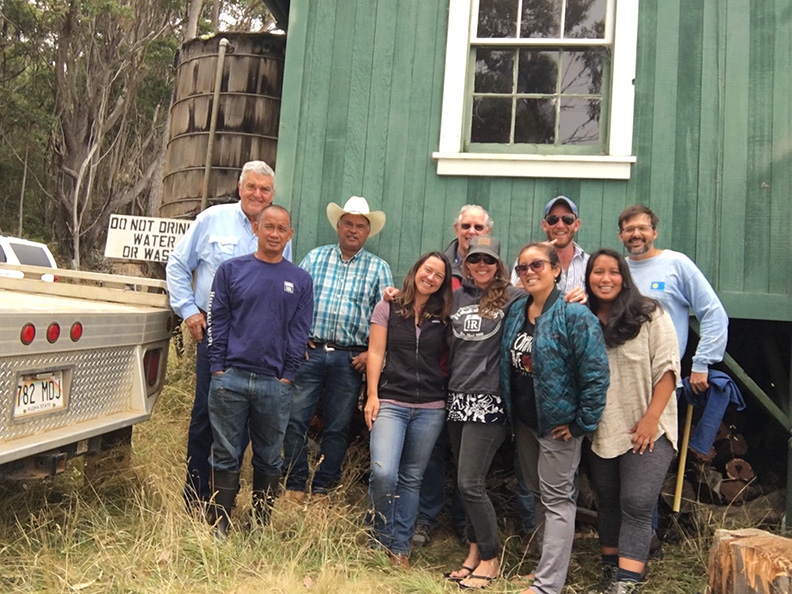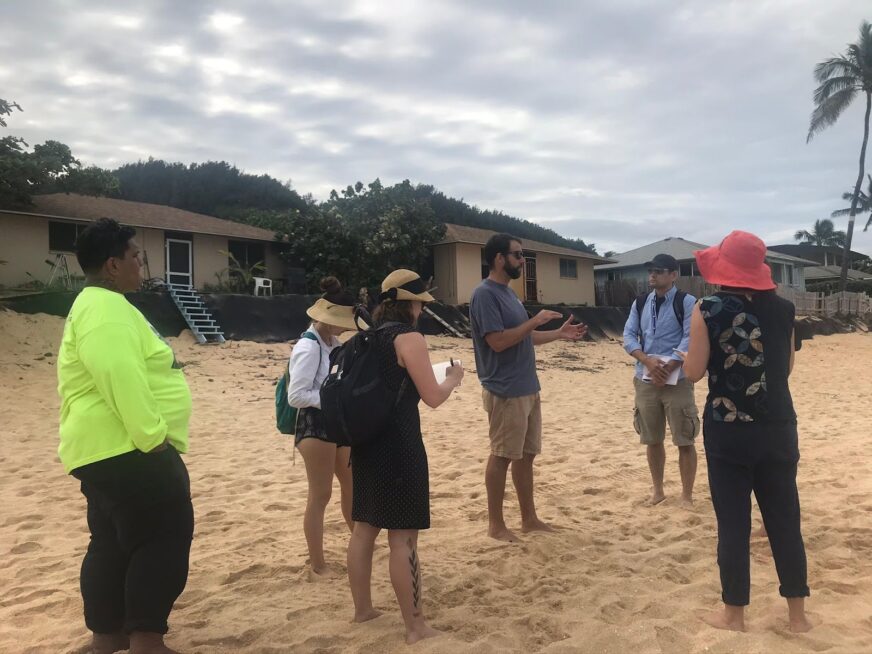Who Are We Measuring and Modeling for? Supporting Multi-Level Decision Making in Real-World Watershed Management Programs
We interviewed a wide range of participants in water management programs in Brazil and found five key areas where modeling and monitoring can support these programs: (1) inspire action and support, (2) inform investment decisions, (3) engage with potential participants, (4) prioritize location and types of activities at regional to national scales, and (5) evaluate program success.
Climate-Smart Watershed Investments in the Montane Tropics of South America
ClimateWIse is using information and data from the Latin American Water Funds Partnership and the Brazilian Water Producer Program to measure and model impacts of land use and climate change on high-elevation páramo grasslands and the Andean and Atlantic forests of South America.
Nature-Based Solutions, Sustainable Development, and Equity
In this chapter, we discussed the importance of attention to distributional, procedural, and recognitional equity in NBS and review examples of real-world NBS programs and strategies to improve equity outcomes. Specifically, we discussed urban green infrastructure, payments for ecosystem services, and biocultural approaches to watershed management. We concluded with emerging best practices around equitable and just NBS for water.
Hawaiʻi Rangeland Ecosystem Services
The purpose of this work is to facilitate policies and practices that promote enhanced stewardship of rangelands across the state for the benefit of Hawaiʻi’s environment and people.
Incorporating Multiple Values Into Decision Making in Payments for Ecosystem Services and Protected Areas
This project is part of the Intergovernmental Panel on Biodiveristy and Ecosystem Services and examines how diverse values of nature have (or have not) been considered in making informed decisions, within specific contexts, and how value articulation processes influence social and environmental outcomes in these contexts.
Identifying Multiple Values for Beaches and Coastlines Under Sea Level Rise
This study uses three sites on the island of Oʻahu to better understand how their multiple values change with expected sea level rise. The study will result in a framework to support local decision-making for proactive policy and planning for coastlines facing rapid change.
Assessment and Protection Plan for the Nawiliwili Watershed
SPONSOR: State Health PROJECT PERIOD: 10/01/01 – 08/31/04 ABSTRACT: Help us identify sources of pollution in Nawiliwili Bay: Fill out our survey – CLICK HERE A team of researchers from the University of Hawaii’s Water Resrources Research Center (WRRC) worked…
A Win-Win Approach to Water Pricing and Watershed Conservation
SPONSOR: U.S. Geological Survey PROJECT PERIOD: 3/1/2003 – 2/28/2005 ABSTRACT: An integrated model of water pricing and watershed conservation was developed. The benefits of adopting the efficient integrated policy were compared to the status quo policy of under-pricing water and…
Integrated Management of Multiple Aquifers in the Face of Climate Change Research
SPONSOR: WRRIP 2008 PROJECT PERIOD: 3/1/2005 – 2/28/2006 ABSTRACT: We provided a general model of groundwater optimization over space and time, allowing for growing demand and a backstop resource. The model was used to compare resource allocation and welfare under…
Coastal Groundwater Management in the Presence of Positive Stock Externalities
SPONSOR: National Institute for Water Resources, Water Resources Research Institute Program PROJECT PERIOD: 9/1/2005 – 8/31/2008 ABSTRACT: The nearshore marine environment of Hawai’i is a major recreational and ecological resource that supports indigenous fish and marine vegetation. Freshwater discharge from…
- « Previous
- 1
- 2
- 3
- 4
- Next »
![]()




